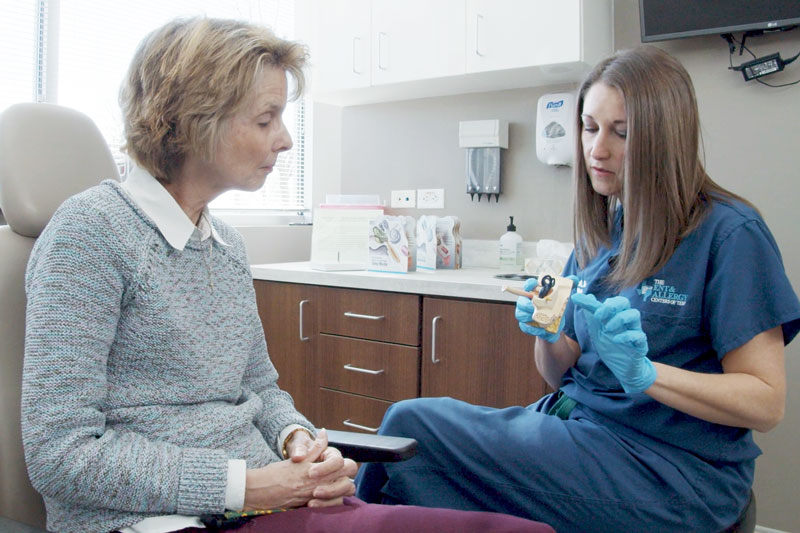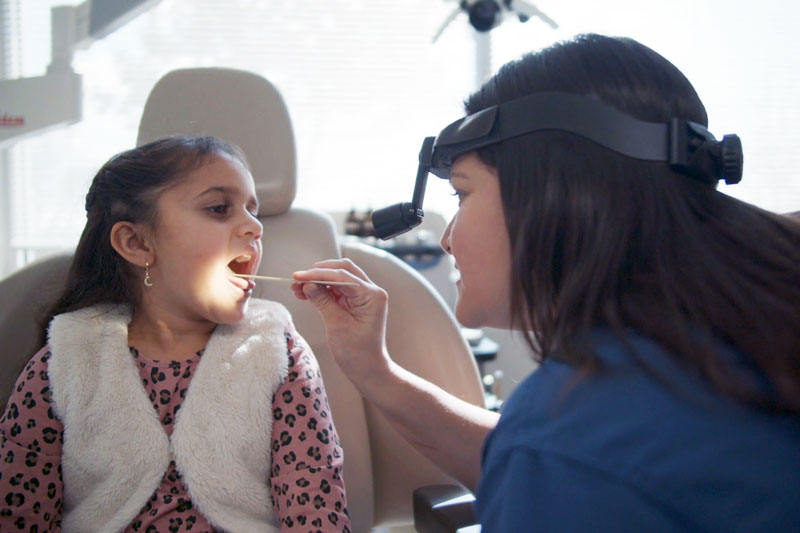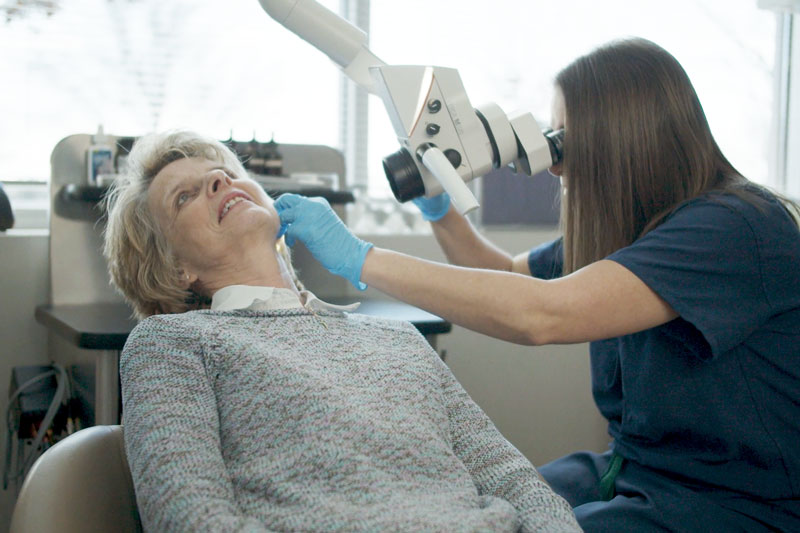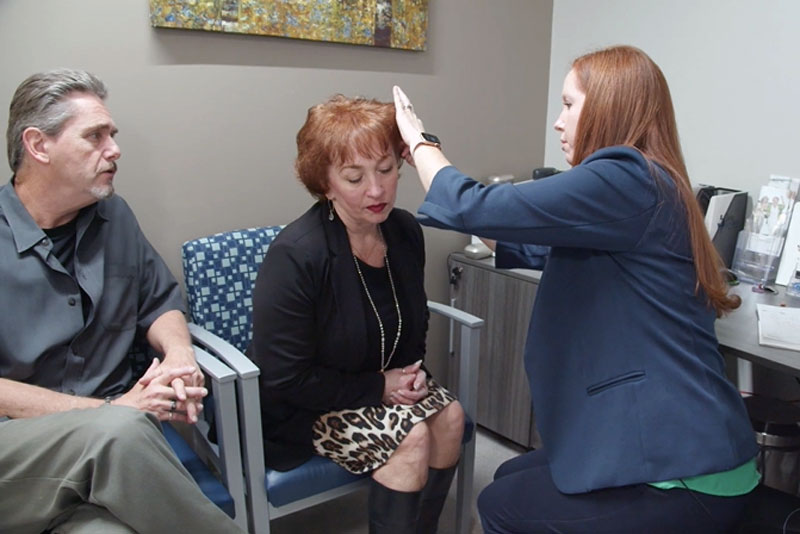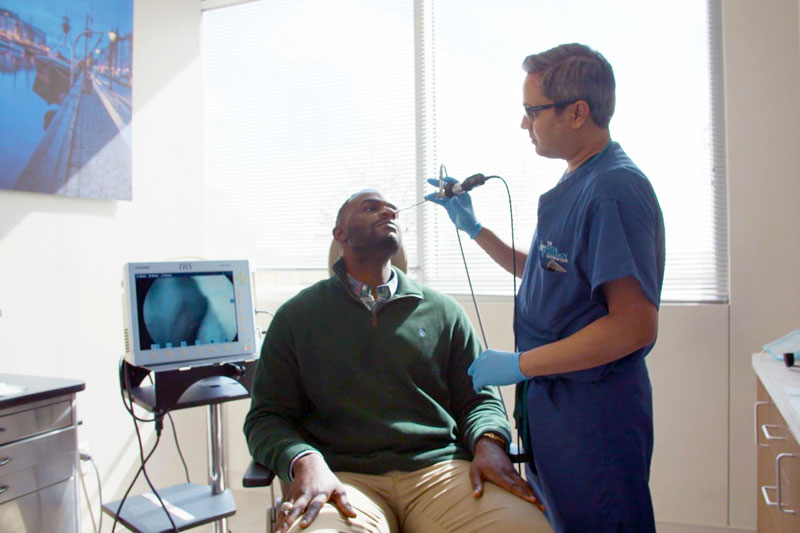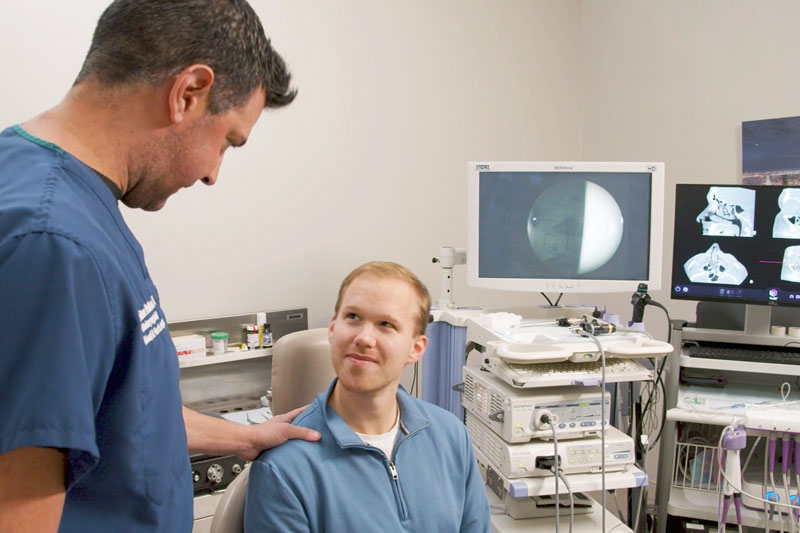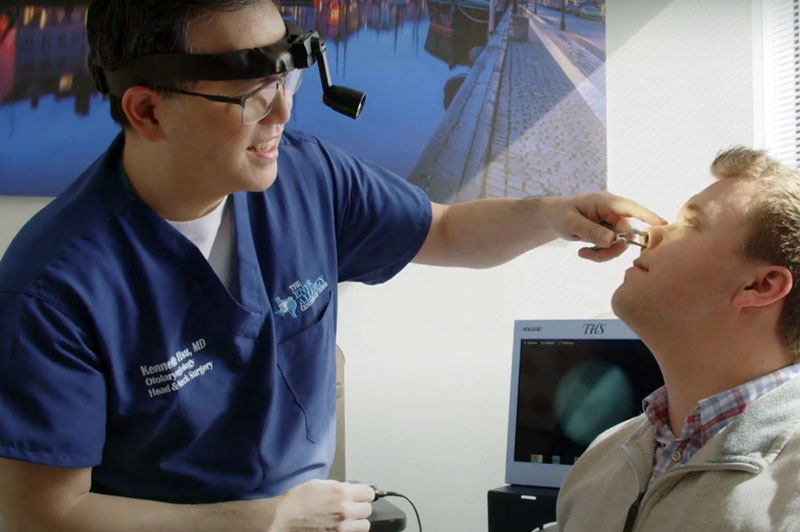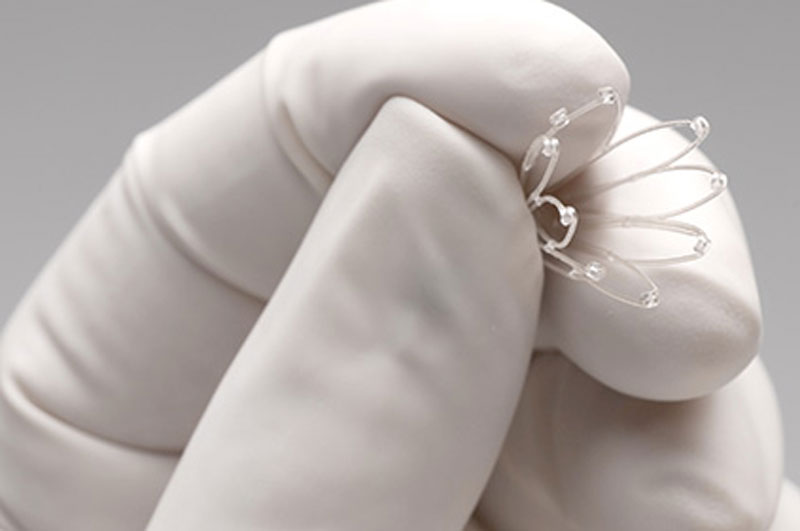What are tonsils & adenoids?
The tonsils and adenoids serve as a crucial part of the lymphatic system, which produces white blood cells and antibodies to fight off infections. These structures are located at the back of the throat and act as a barrier, capturing germs and bacteria to prevent them from entering the body.
On occasion, the tonsils and adenoids can become infected themselves, leading to a condition known as tonsillitis or adenoiditis. Symptoms may include fever, sore throat, difficulty swallowing, and bad breath. If left untreated, tonsillitis or adenoiditis may lead to more complications, such as respiratory or swallowing issues.

What causes tonsillitis?

What are the symptoms of tonsillitis?

What are the treatment options for tonsillitis?
The treatment of tonsillitis varies depending on the underlying cause. If the cause is viral, the condition usually resolves on its own. On the other hand, bacterial tonsillitis requires treatment with antibiotics. Antihistamines or decongestants can help manage tonsillitis caused by allergies or upper respiratory disorders. In some cases, surgery (tonsillectomy) may be necessary.
To confirm the diagnosis, a physical examination and lab tests, including a rapid strep test, may be performed. Early diagnosis and treatment are important to prevent complications, such as dehydration, weight loss, and difficulty breathing. Treatment can also provide relief of symptoms and expedite recovery.

What causes adenoiditis?
What are the symptoms of adenoiditis?
Symptoms of adenoiditis include sore throat, fever, difficulty breathing through the nose, mouth breathing, and snoring. Adenoiditis is most common in children, but can occur in adults as well.
There are several causes of adenoiditis, including bacteria and viruses. Adenoiditis can also be caused by allergies or environmental irritants.
What are the treatment options for adenoiditis?
Adenoiditis is often treated with antibiotics or other medications, and in more severe cases, surgery to remove the adenoids may be necessary. Antibiotics or other medications can effectively treat adenoiditis, but if the condition is not addressed, it can lead to significant complications, such as hearing impairment or sleep apnea. Therefore, timely diagnosis and treatment are crucial to prevent further health issues.
What is the recovery like for tonsil surgery or adenoid surgery?
Recovery after tonsil and adenoid removal surgery typically lasts for a week to ten days. To minimize discomfort and ensure smooth healing, follow these tips:
- Drink plenty of fluids to prevent dehydration and keep your throat moist, which can alleviate pain and accelerate recovery.
- Stick to a soft diet initially and avoid foods that are spicy, acidic, or crunchy, as they may irritate your throat. Instead, opt for gentle options such as soups, yogurt, and oatmeal.
- Ease into physical activity gradually and don’t overexert yourself too soon. Begin with short walks and gradually increase your level of exertion.
- Take pain medication as directed by your doctor to manage pain and make yourself comfortable.
Keep in mind that scabs will form at the site where your tonsils and adenoids were removed. These scabs will typically fall off within 7 to 10 days after the surgery. While you may notice some spotting in your saliva during this time, contact your doctor if you see bright red blood.


